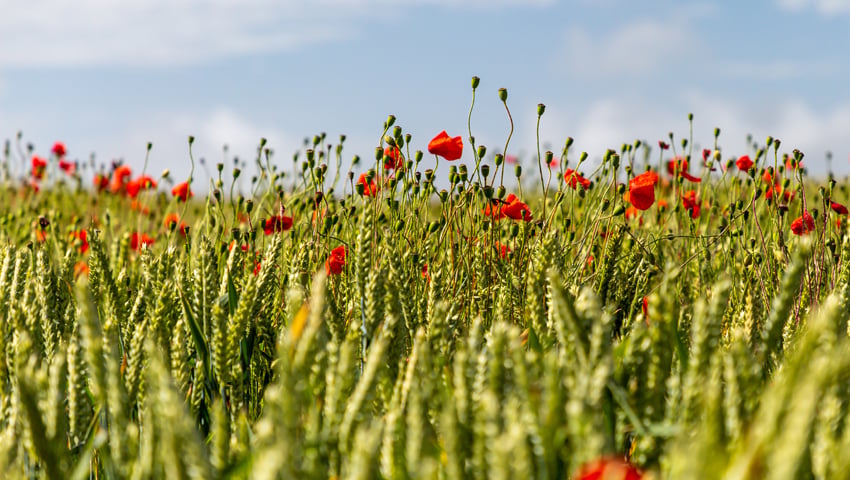The UK Government has released its first annual Food Security Index, which aims to give an assessment of the state of UK food security and is drawn from annual statistics.
But Charlie Taverner, the Policy Lead: Farming Futures, for the Food, Farming and Countryside Commission, has questioned both the metrics chosen by government and the overall definition of ‘food security’.
He said, “[The metrics] constitute a narrow view of food security, with a particular focus on production and supply. They don’t account for the deeper vulnerabilities that threaten the food system in the short and long term.”
The index considers nine indicators across a range of areas, which the government says ensures that food security is not reduced to a single metric or theme. It’s shaped using a range of interacting factors such as supply, demand, international and domestic trends, inputs and outputs, perception of food safety and consumer confidence.
Specifically, the index measures: global food supply, global trade in cereals and soyabeans, production-supply ratio; total factor productivity, land use, energy and fertiliser prices, business investment, biosecurity risk, and consumer confidence in supply chain.
A government spokesperson summarised the findings of the 2023/24 index saying, “Taking a holistic view across the indicators in the index shows a broadly stable picture as the UK comes out of a challenging period of global supply chain shocks. However, this should be seen in the context of longer-term risk from climate change: an exceptionally wet winter and spring in 2024 poses significant challenges to some domestic production.”
But as previously reported on 8.9ha ‘food security’ alone is an inadequate measure which can lead to distortion and misrepresentation of the true picture.
ffinlo Costain, 8.9ha’s Chief Editor and the founder of the Food & Global Security Network, said, “Food security must be recognised as a subset of ecological security. An index that focusses disproportionately on food sufficiency, fertiliser prices and the global flow of major commodities is inherently flawed. Our ability to ensure diverse, affordable nutrition, now and forever, depends on soil health, climate mitigation and adaptation and biodiversity regeneration. A food index that focusses primarily on supply and demand while externalising the ecological impacts paints a very incomplete picture.”
The FFCC’s Charlie Taverner said that the government had chosen measures that make UK food security look generally positive. He said, “They don’t account for the deeper vulnerabilities that threaten the food system in the short and long term.
“The most obvious risk is the rise in extreme weather due to climate change, of which British farmers have felt the full force over this unendingly wet past 18 months.
“A genuinely useful index for resilience as well as food security would also track the fierce economic pressure on farm businesses, the state of biodiversity, emissions and pollution from agriculture, accessibility of food for households, and the diet-related health of the population. Measuring those, the dashboard might flash a different colour.”
The 2023/24 Food Security Index has been described as a draft, so Taverner hopes that there is scope for improvement. But, he concluded, “Politicians and food and farming lobbyists are now fond of saying that food security is part of national security. We should challenge our leaders to be more rigorous and sceptical about what ‘security’ means.”
Read more about the UK Government’s 2023/24 Food Security Index
